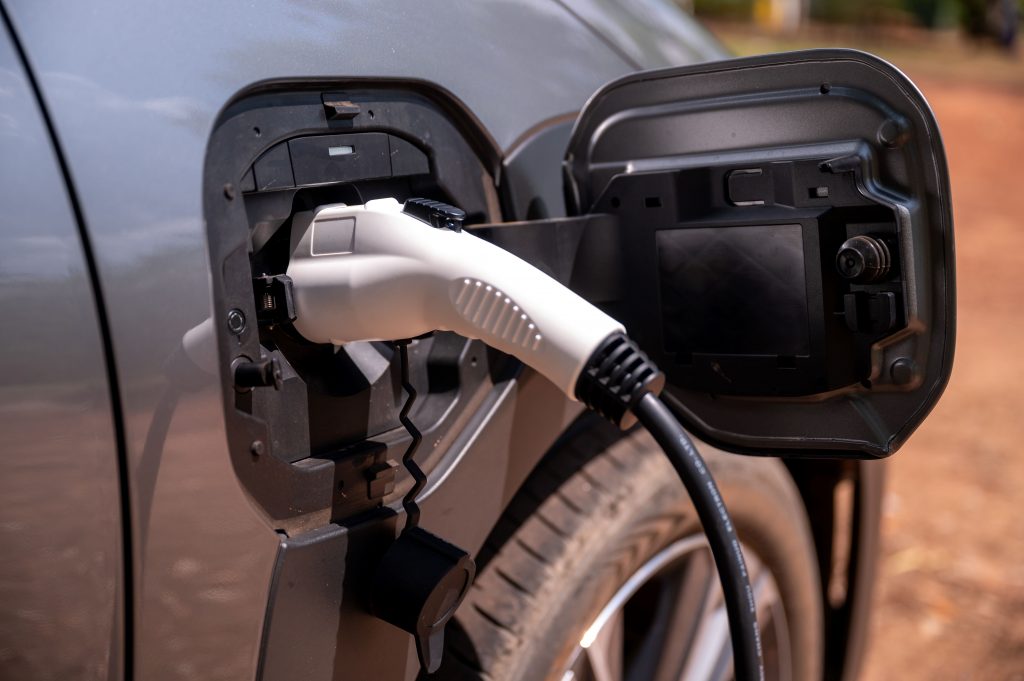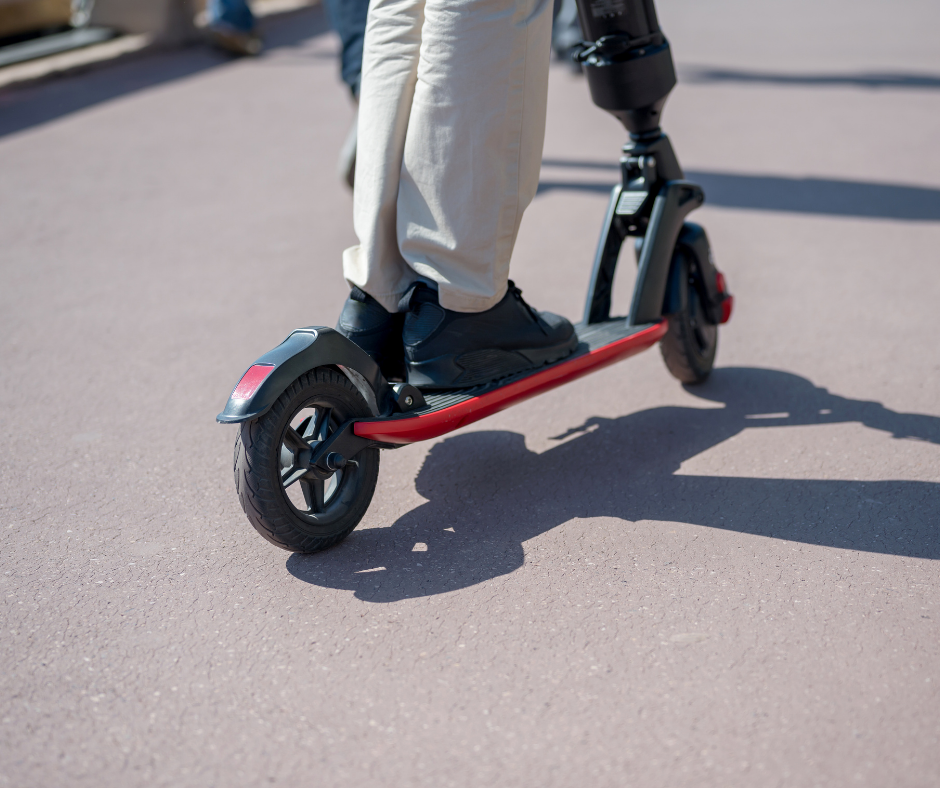DANGERS POSED BY THE TYPE of batteries used in most electric cars, e-scooters and e-bikes will be a top priority for Australia’s safety watchdog this year as the number of fires caused by them rises to worrying levels.
Rechargeable lithium-ion batteries are the most widespread portable energy storage solution globally and are used in a wide range of consumer products from personal devices such as mobile phones and laptops to transportation such as e-bikes, e-scooters and, of course, electric vehicles.
Chairwoman Gina Cass-Gottlieb said the ACCC has to protect consumers from unsafe products, with lithium-ion batteries blamed for a growing number of fires worldwide involving electric cars and e-scooters.
“Consumers rightly expect the products they buy to be safe,” Ms Cass Gottlieb said.
“We will bolster our capabilities in identifying emerging product safety issues quickly and effectively with improved data.”

While the number of electric vehicle (EV) fires in Australia is quite low to date, with just six according to EV FireSafe, there were 61 fires caused by e-bikes and e-scooters in the same time period.
The electrification of the transport sector presents the biggest problem, according to the ACCC, with EVs expected to account for 62 percent of battery pack sales by 2030.
Victorian fire services claim they are now responding to lithium-ion battery fires almost every day.
“When lithium-ion batteries are damaged, misused or fail to meet compliance standards, they pose a serious fire risk, particularly while they are connected to chargers,” said the Country Fire Authority’s (CFA) Acting Assistant Chief Fire Officer for Community Safety, Kieran Lenehan.
“We’re now seeing an increase in the uptake of e-scooters and e-bikes, power tools and general charging devices, so residents must remember to always enact the appropriate safety measures.”
“Do not overcharge electric devices, only charge them when required and the safest option is to switch them off overnight before you go to bed. We recommend charging them in the garage, on their own power point.”
While electric cars are less likely to catch fire than petrol or diesel vehicles, fires involving their batteries are much harder to extinguish.
Fires can be caused due to a number of factors, but most are sparked by incompatible chargers – or overcharging – as well as external factors such as heat, moisture or damage. Batteries can also catch fire if they have been repurposed or modified, or are low-quality.

While quality products have safety switch-off features to prevent overheating, cities across the world are seeing an increasing number of “thermal runaway incidents”, reports the Sydney Morning Herald, where a battery, typically in a lower quality or converted device, overheats to the point of explosion and cannot be extinguished via conventional means.
The incidents are more common in modified devices, when an incompatible or damaged charger is used, or when devices are left to “overcharge”.
According to the Electric Vehicle Council, the lack of lithium-ion battery-related incidents associated with road-registered EVs is down to more robust regulatory coverage of cars compared with other products which use the technology.
This is because road vehicles are required to meet the Australian Design Rules (Australia’s national standards for road vehicles) in accordance with the Motor Vehicles Standards Act 1989.
However, while the ACCC’s internal data shows over 200 reports of incidents involving products containing lithium-ion batteries, it says the number may be much higher because in some states there are circumstances where consumers are not required to report certain incidents and injuries.
This could mean the risks and hazards of these products are underestimated, and it warned that as the prevalence of this type of battery in Australian homes increases, we can expect the number of incidents to rise too.
